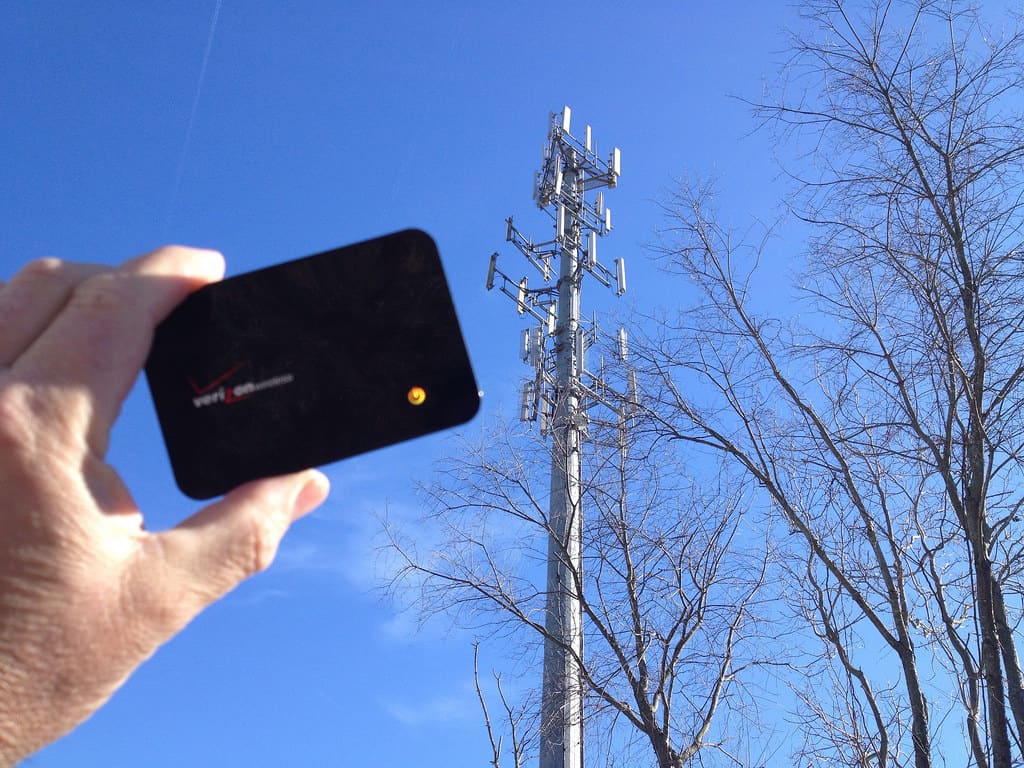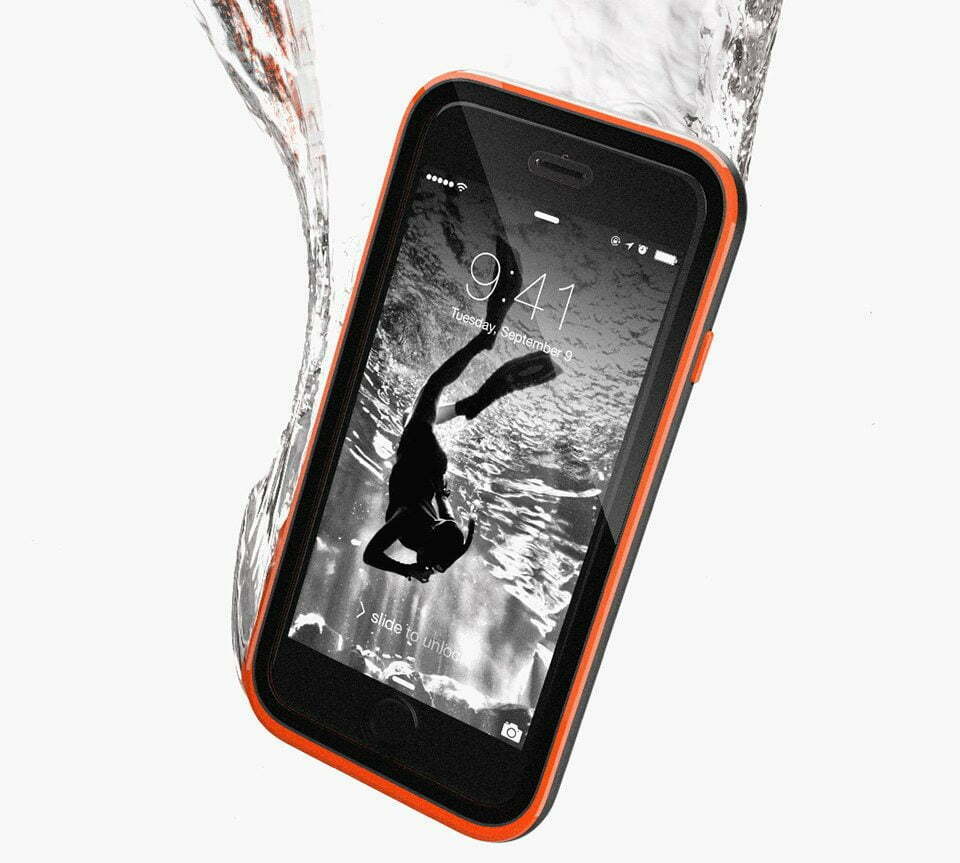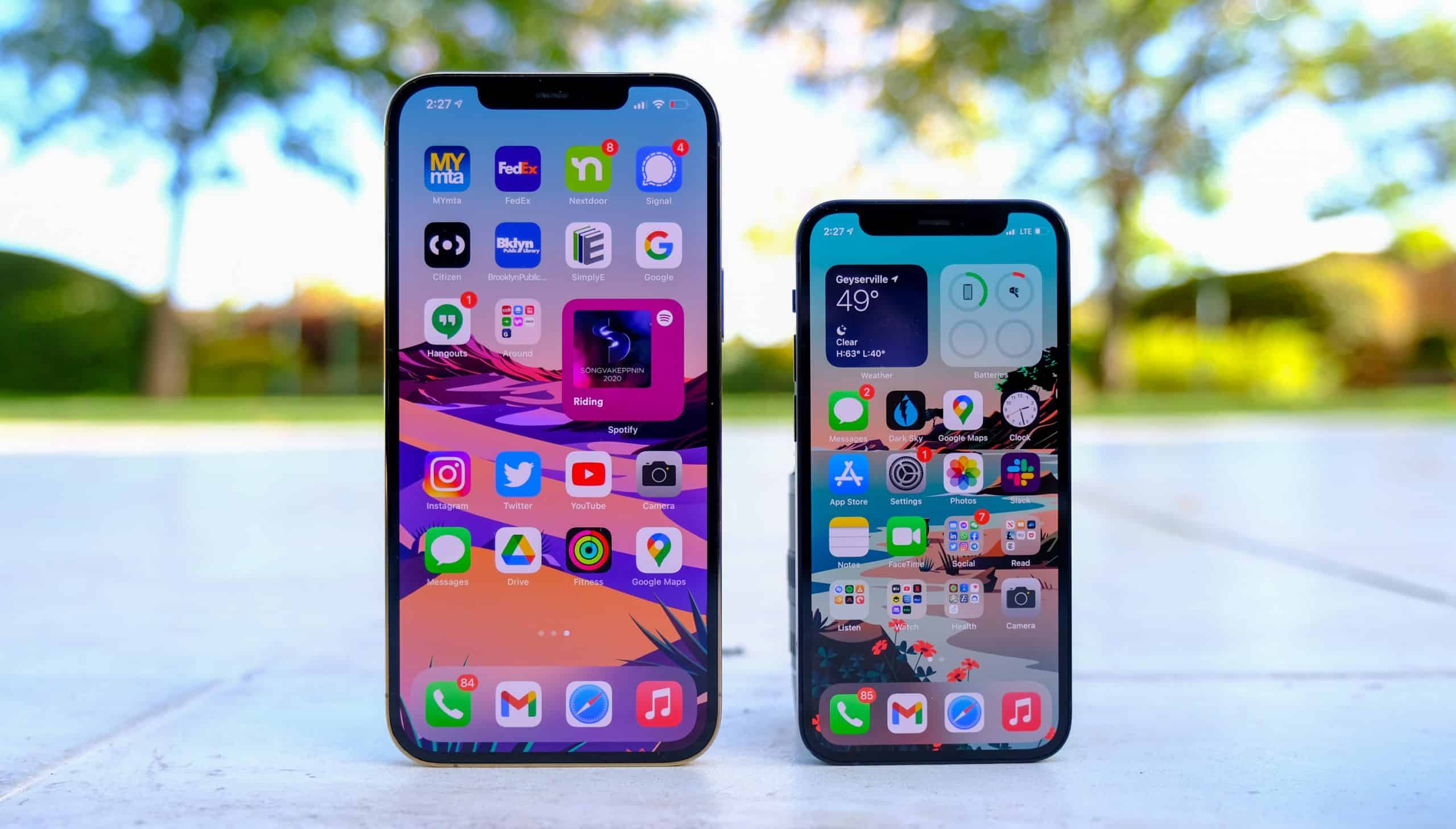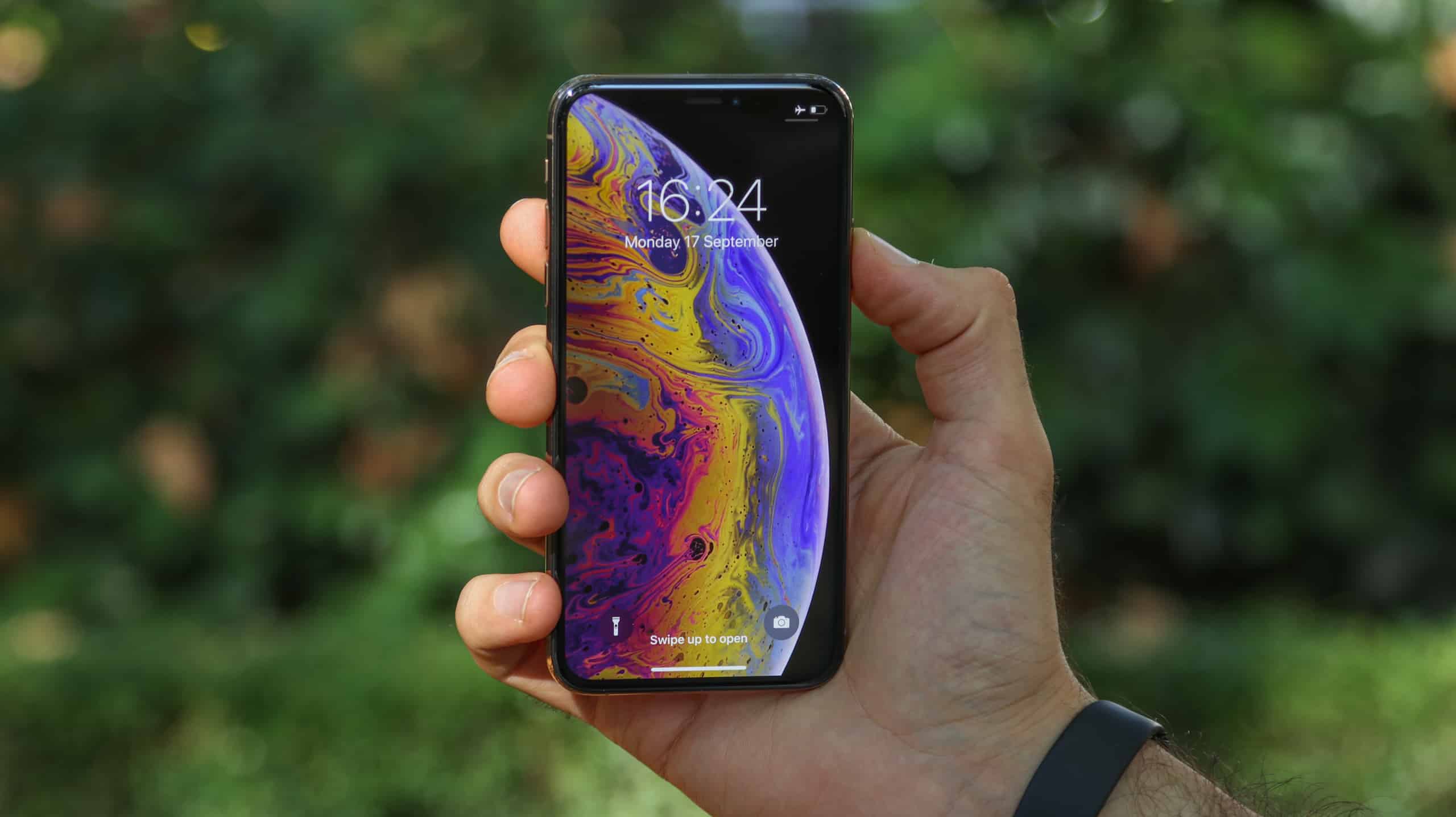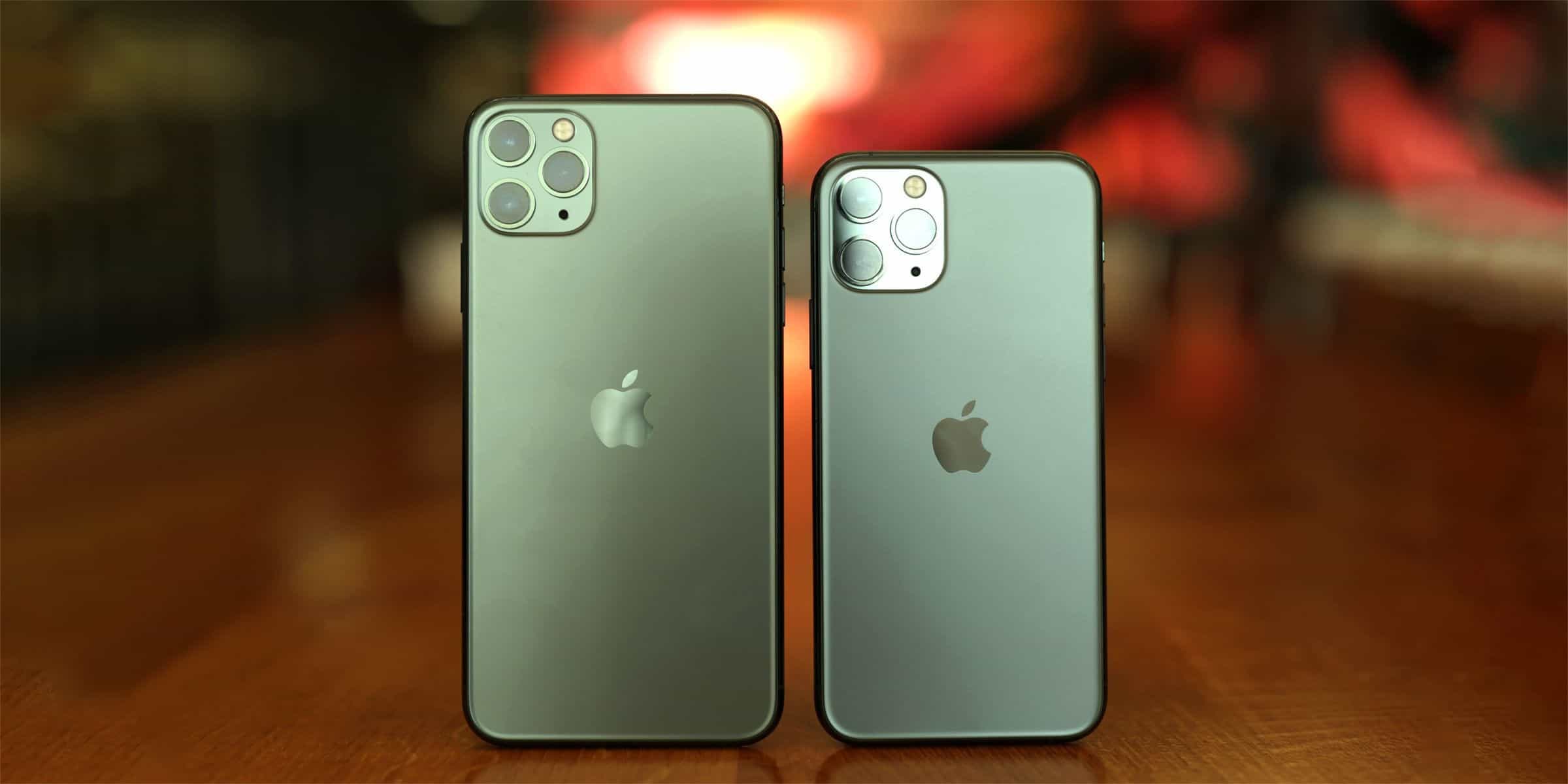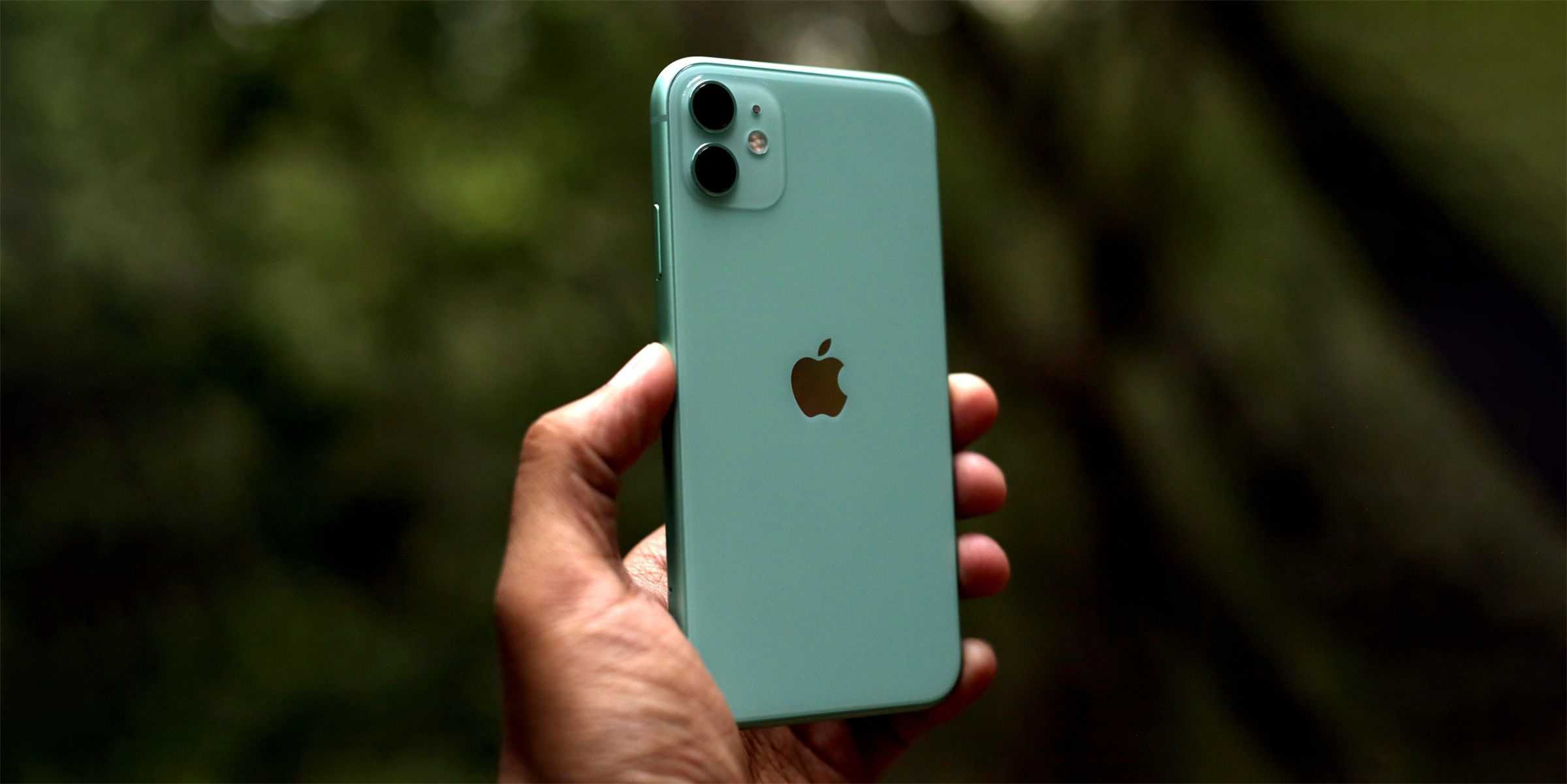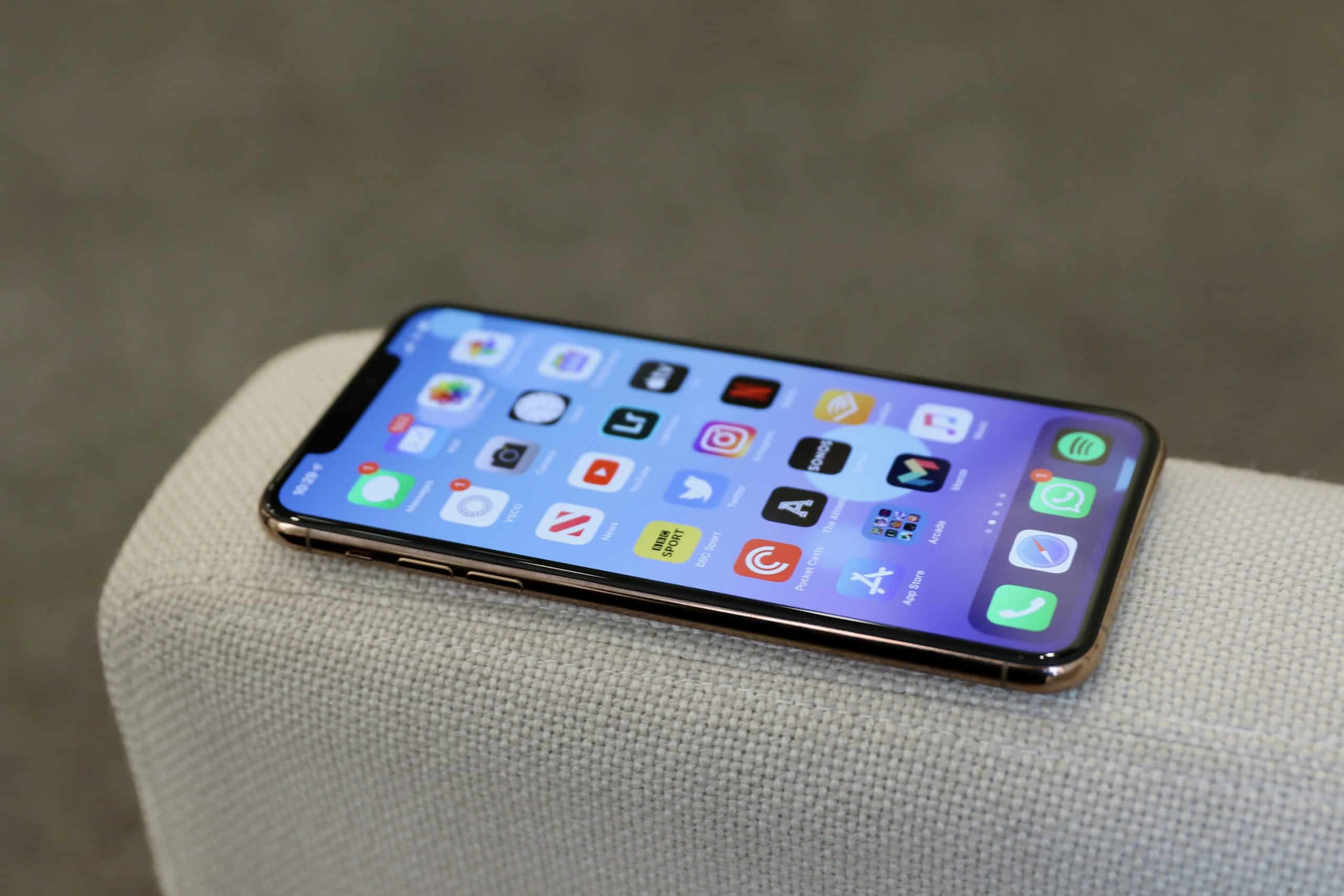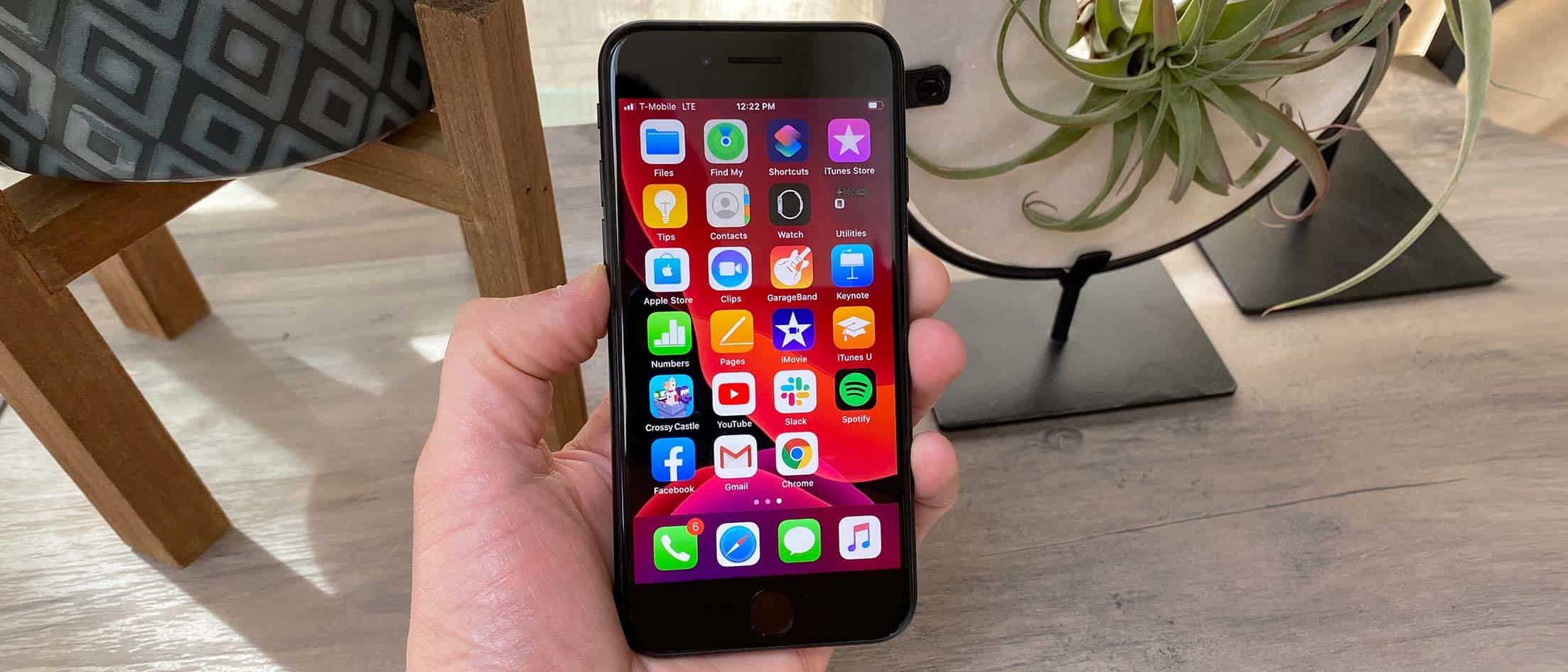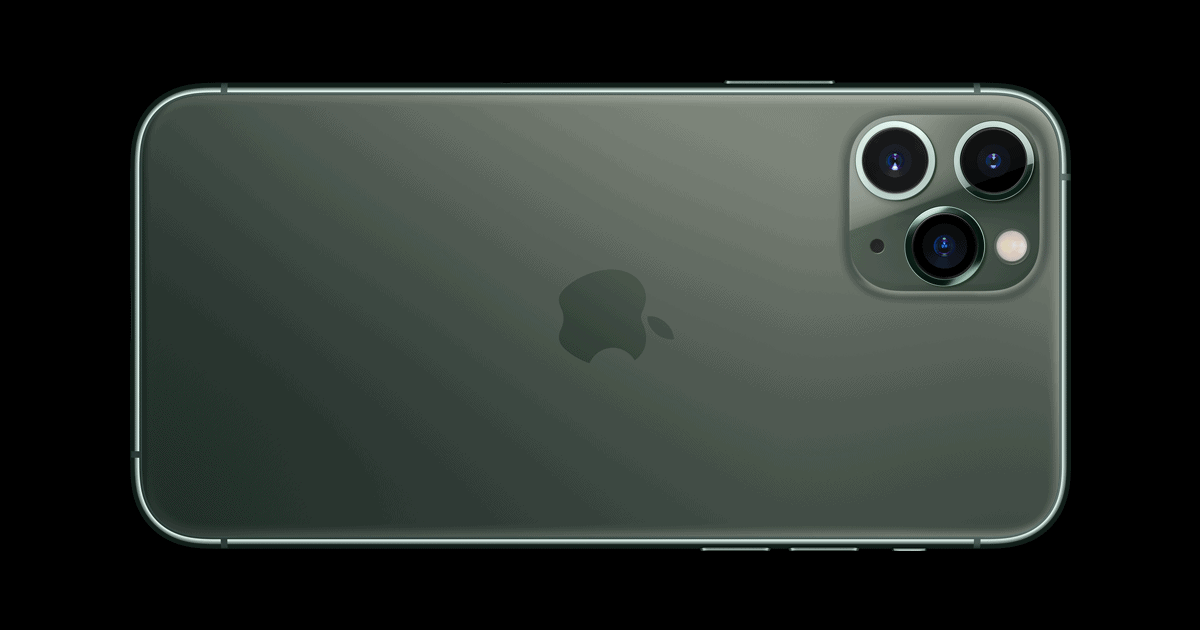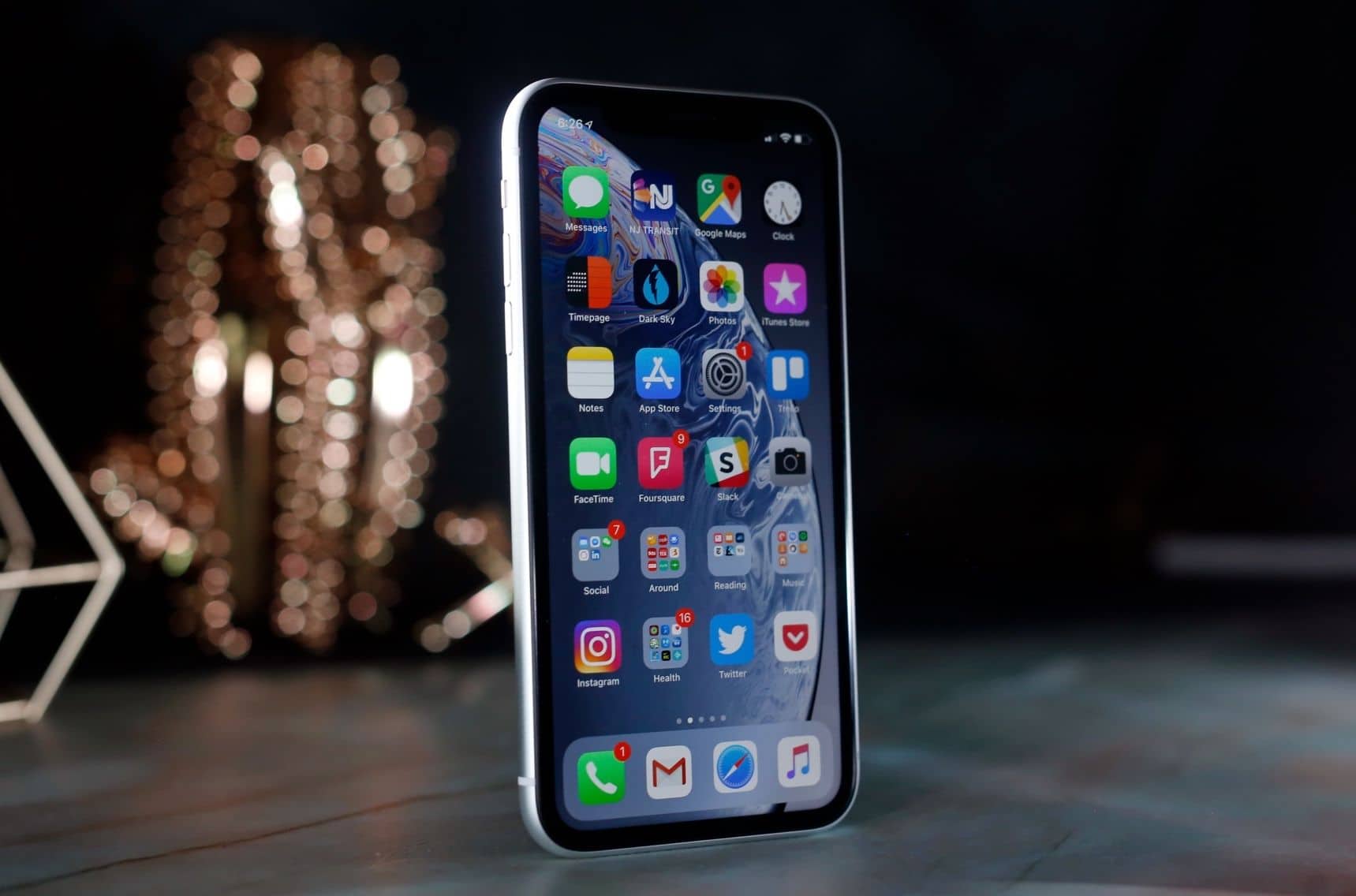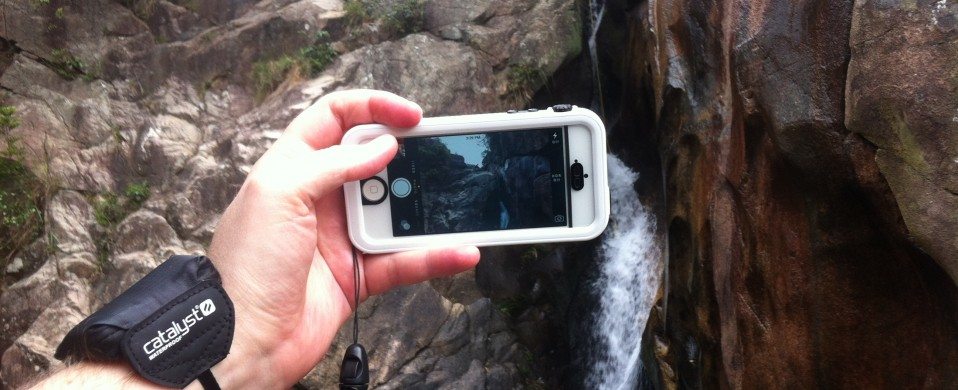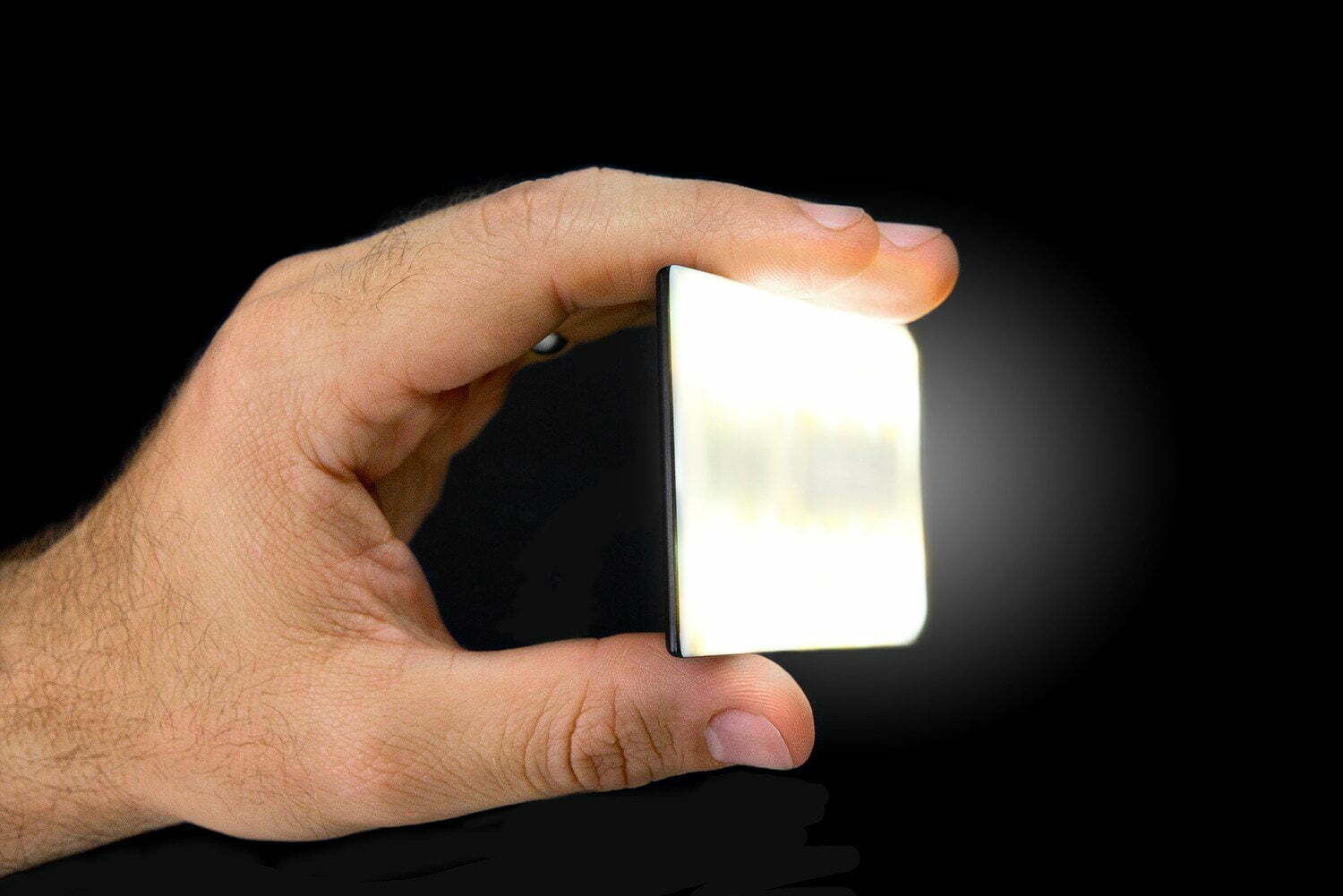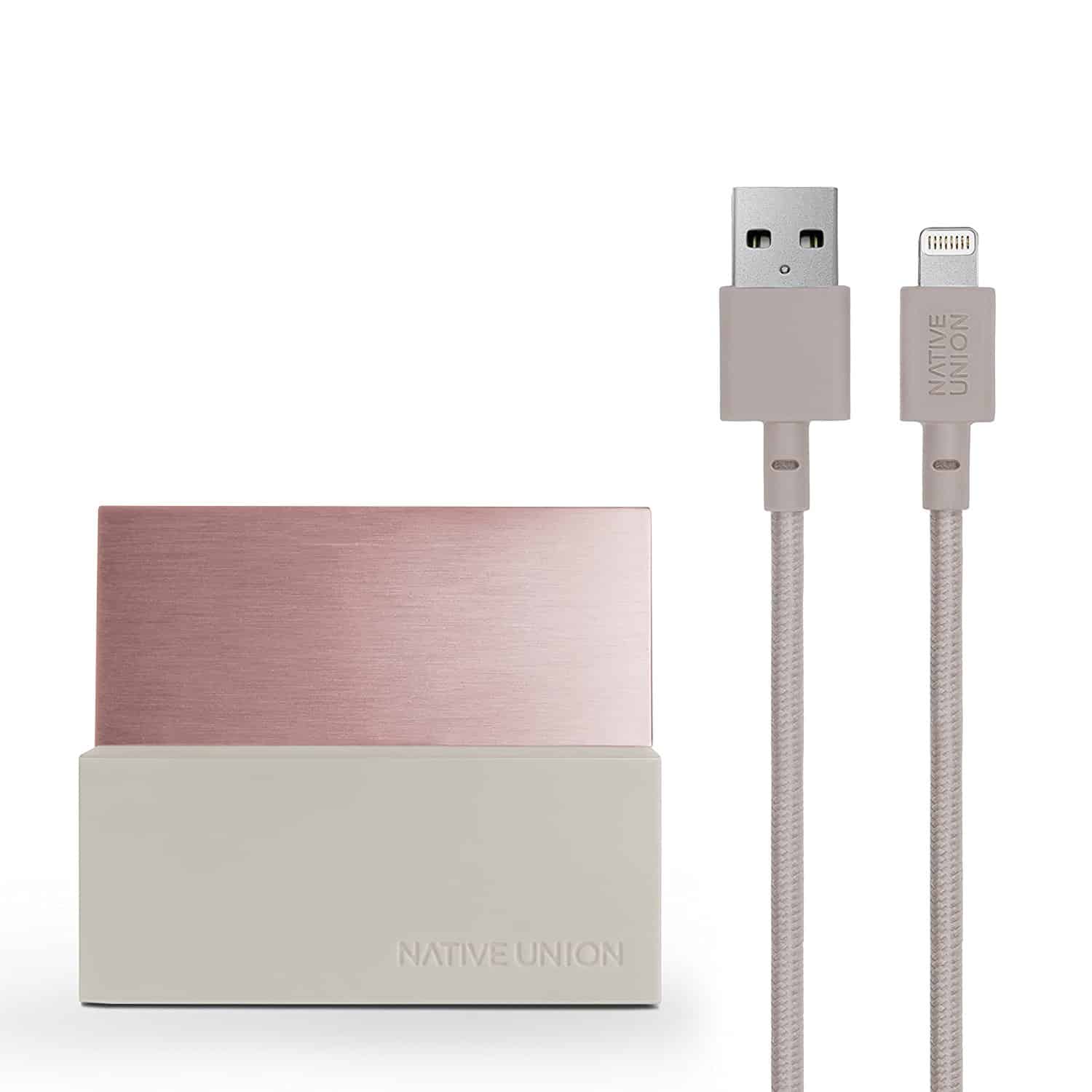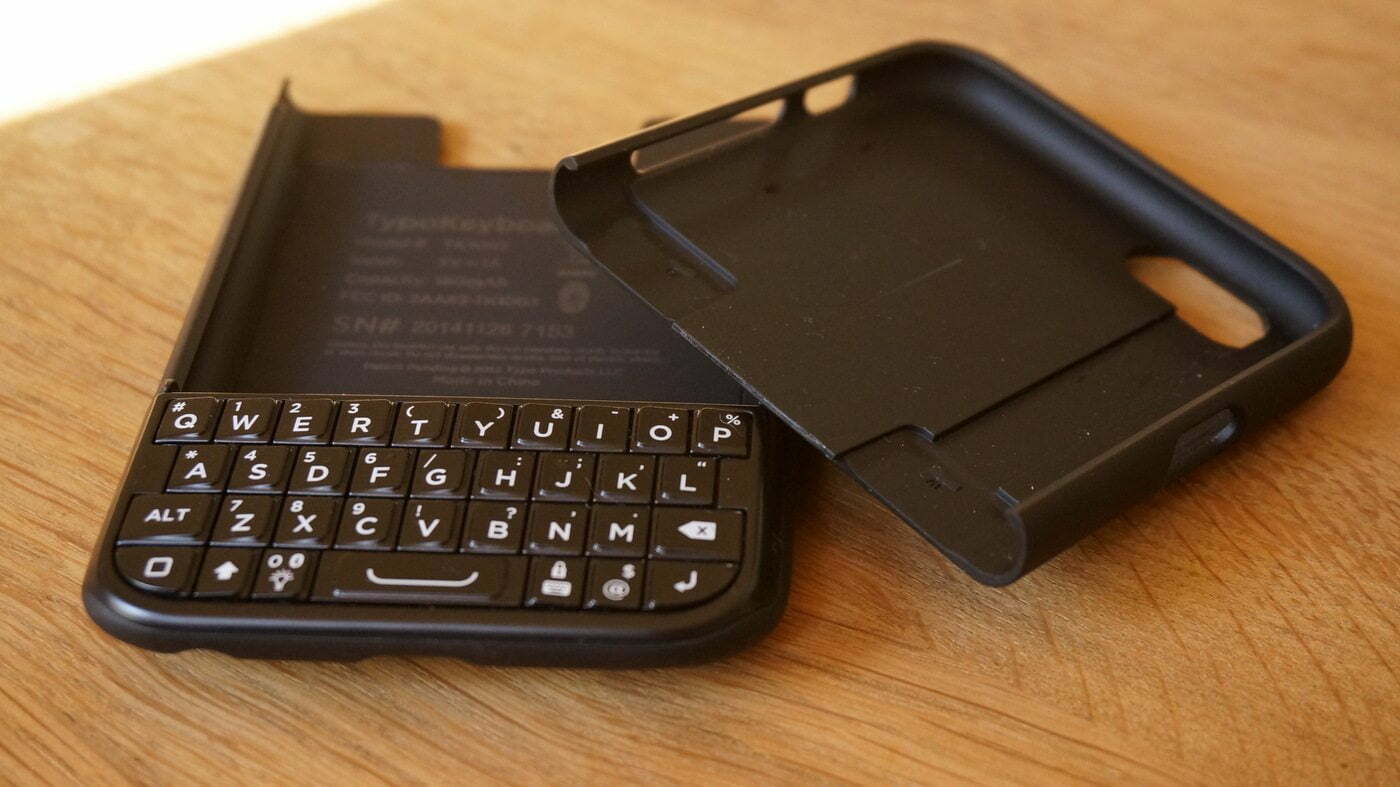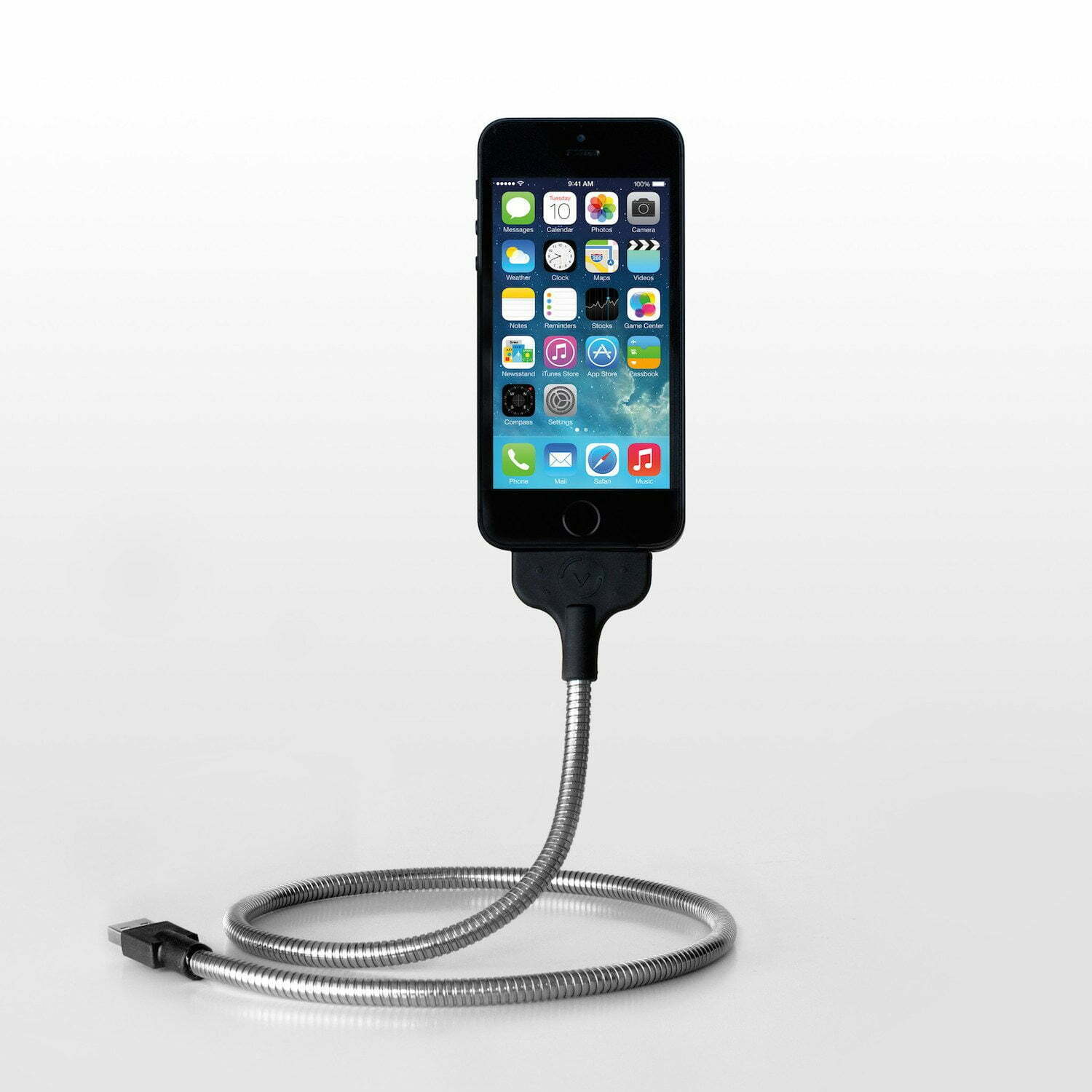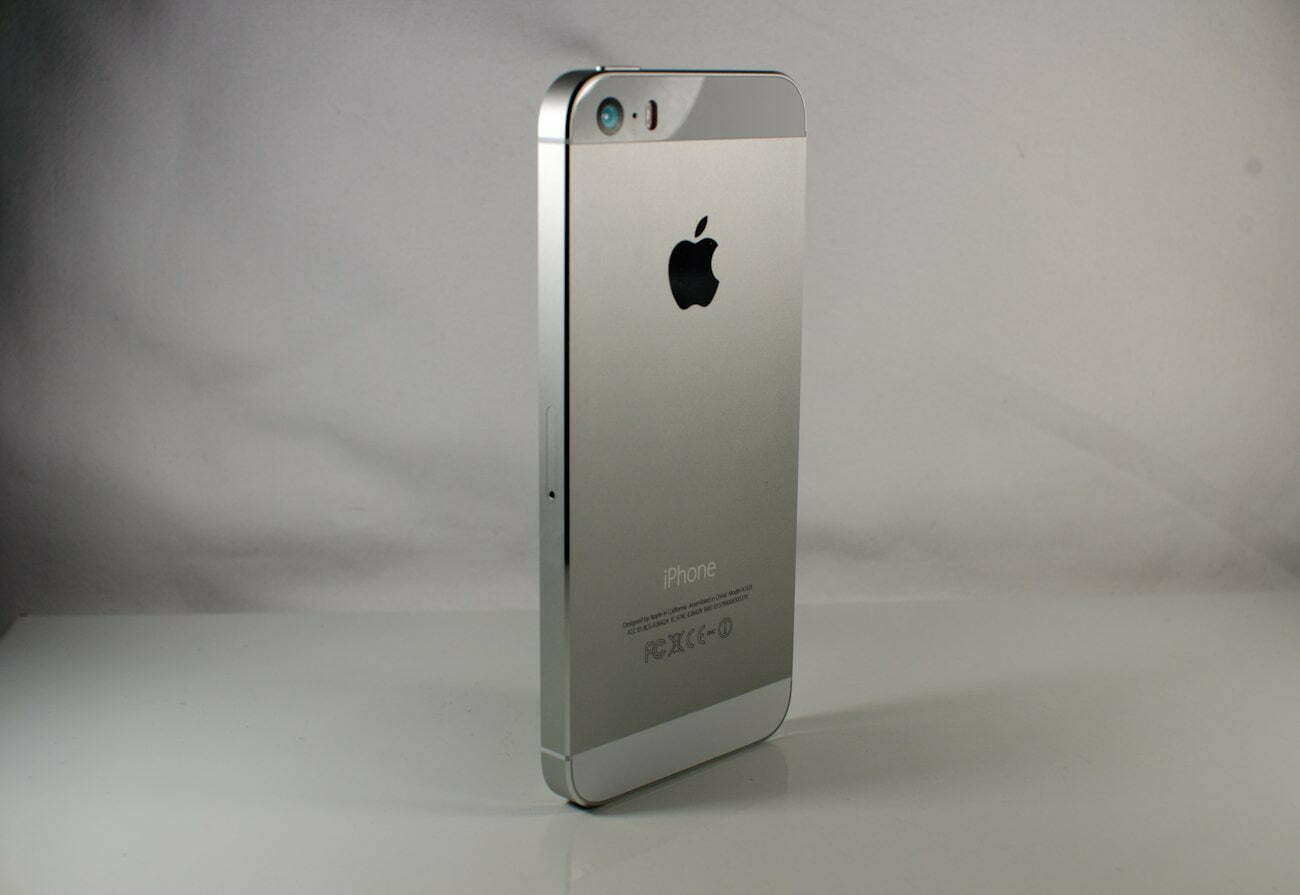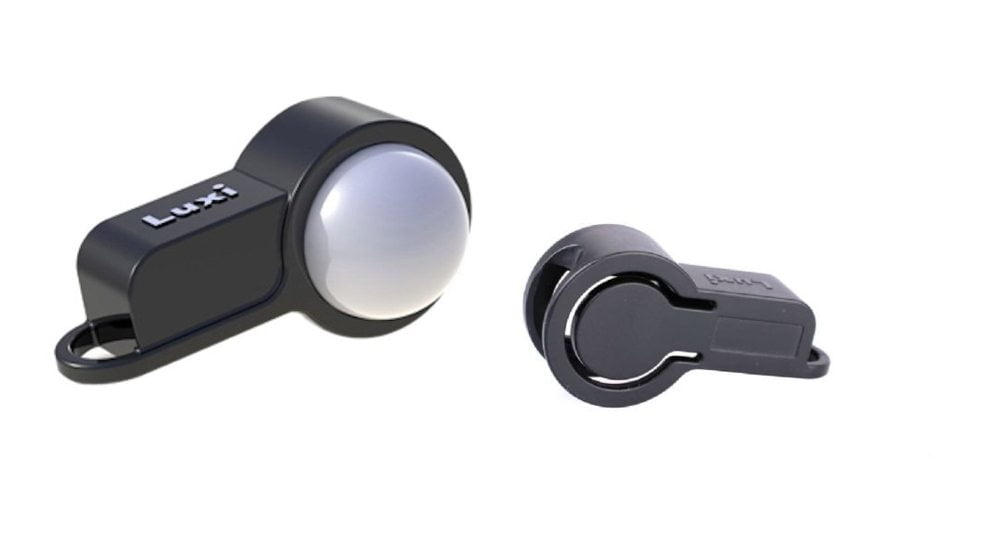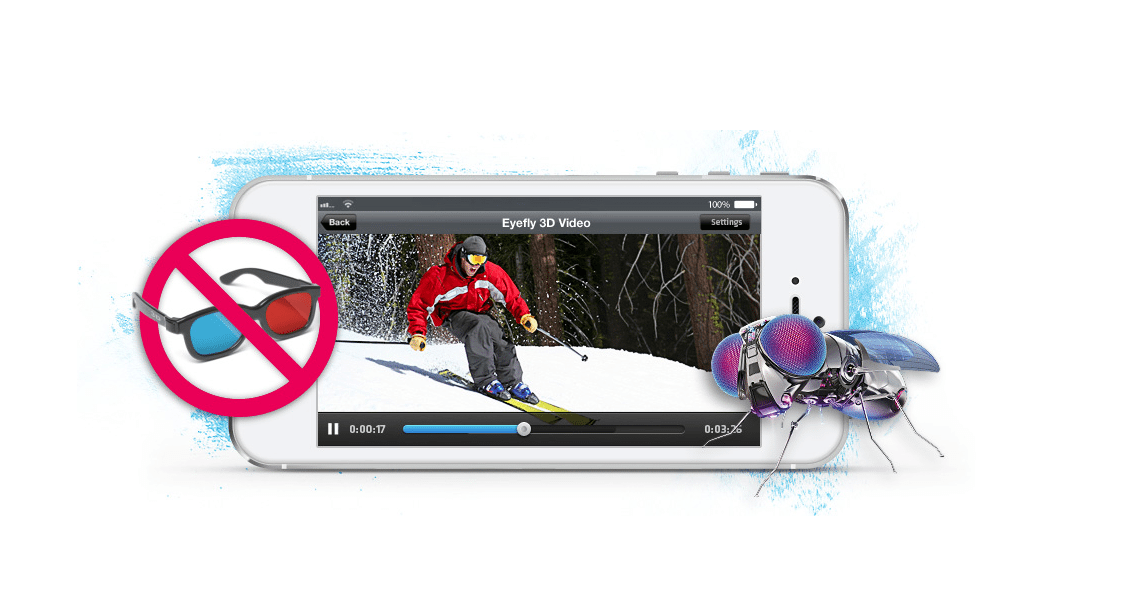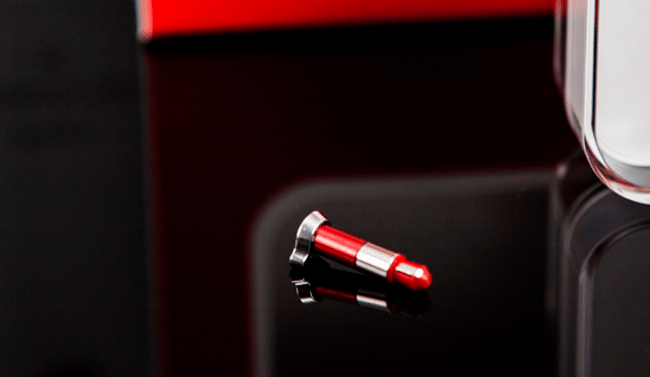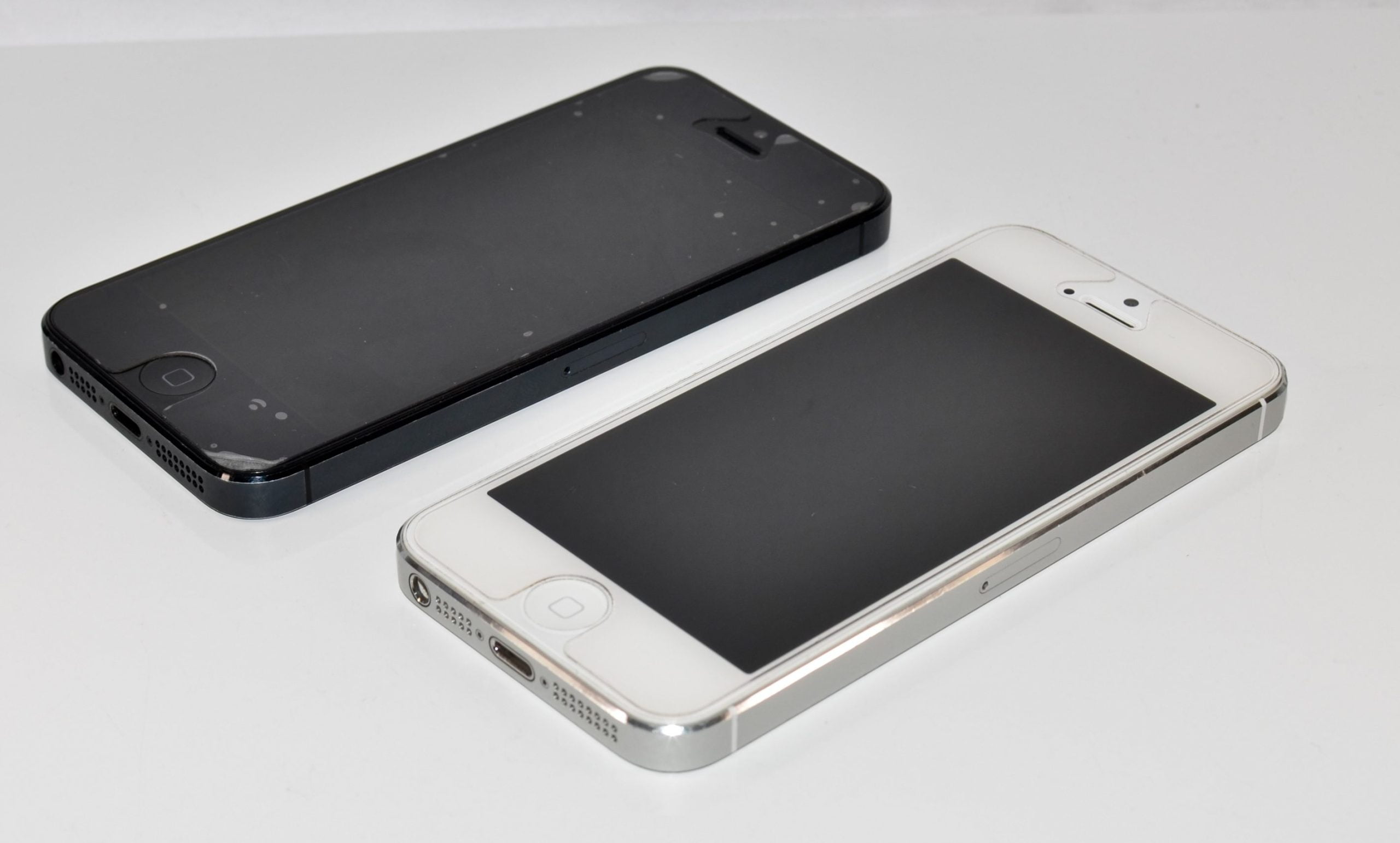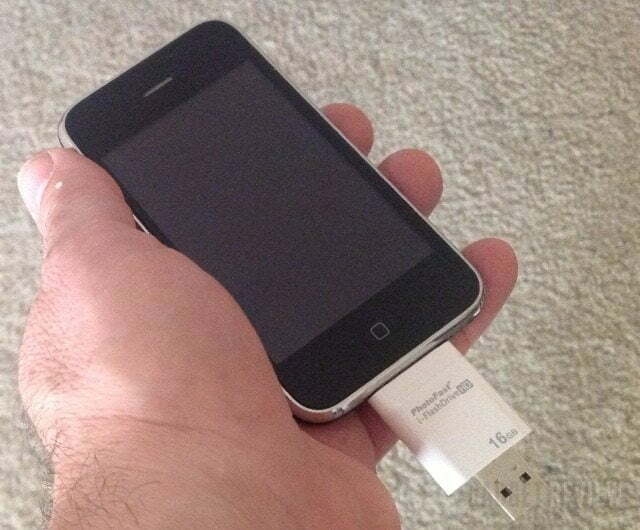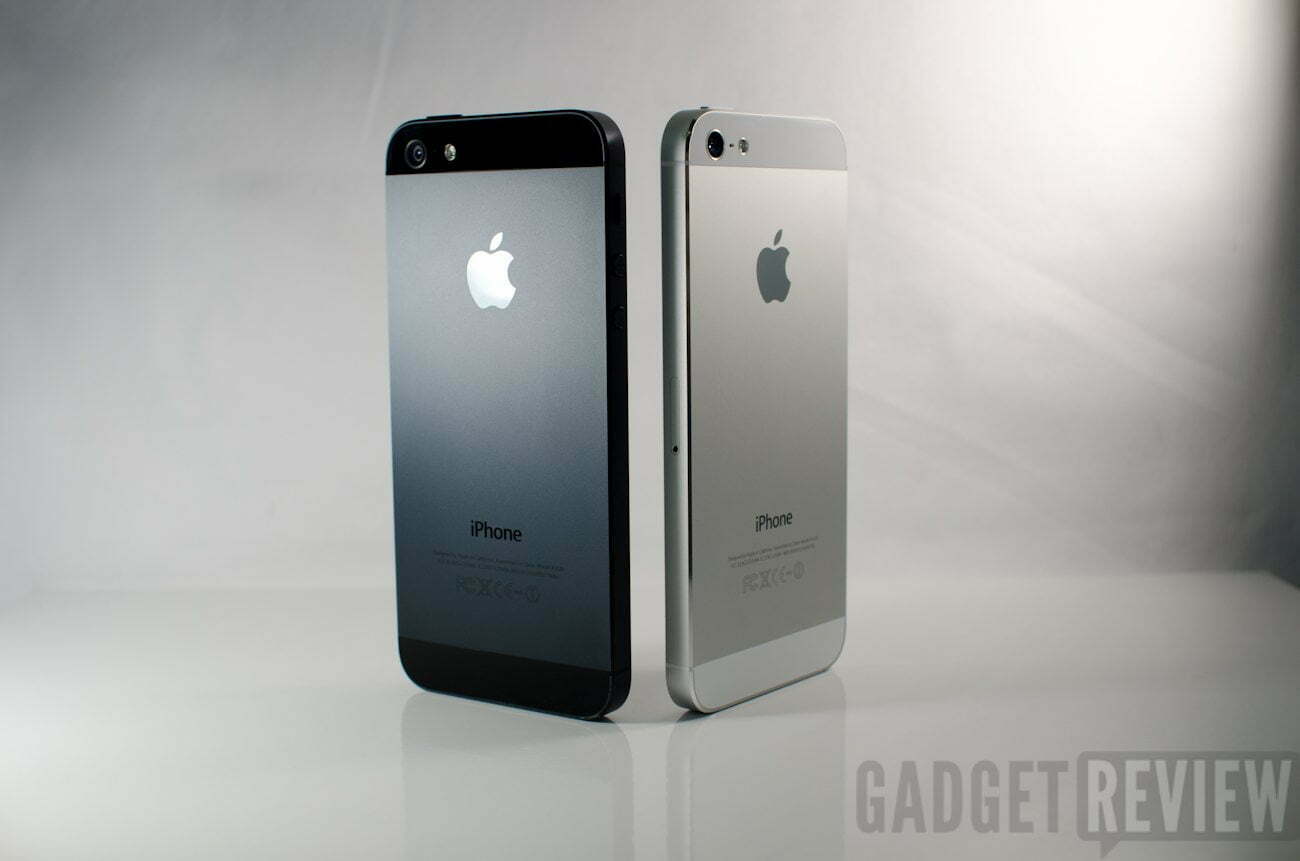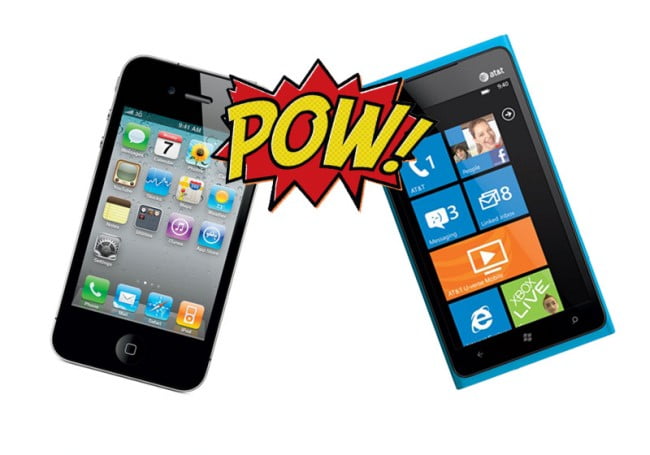
Windows Phone 7 may be lagging behind both iOS and Android, but both Microsoft and Nokia have a lot riding on the Finnish company’s latest devices, especially their flagship Lumia 900. It’s big, imposing, and the two giant companies, along with US exclusive carrier AT&T, are going to do everything they can to sell them like hotcakes. Should you pick one up? Let’s take a quick comparison to the iPhone 4S, today’s most widely-sold and most well-known smartphone.
Size
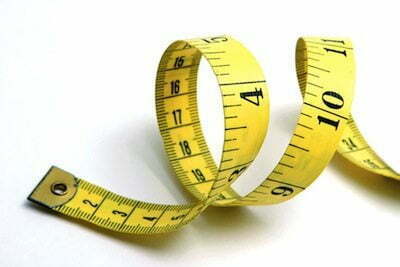
These two devices are as stark a contrast against one another as you could expect. The iPhone, a 3.5″ screen and a tiny body, and the Lumia 900, a well-sized 4.3″ display on a massive body. Both are square shaped, but the Lumia 900 flaunts its lack of end curves with a completely flat top and bottom, and then flaunts its very curvaceous sides. In the hand the Lumia 900 feels a lot larger than the screen is; it’s actually closer to a phone with a 4.7″ display than a 4.3″ screen, but that’s only going vertically. Horizontally it’s the same as most other phones, so it isn’t uncomfortable to hold one-handed.
Is it better in terms of size than they iPhone? My personal opinion is no. In reality, I’d say it depends on the user, but I’m going to give this round to the iPhone for two reasons: first, because the larger size of the Lumia 900 doesn’t give any significant benefit, in terms of functionality, over the iPhone. The display is larger but less dense, and the overall size is good in the hand, but it’s tall and obstructive in the pocket.
Winner: iPhone, which is slimmer and easier to handle in both the hand and the pocket.
Appearance

As mentioned earlier, the two phones in question are big names in this field. Saying one looks better than the other, in this case, is going to be a matter of personal opinion, but the Lumia 900 does have some bonuses over the iPhone 4S. Firstly, it comes in four remarkably sharp colors, from blue to white to black, and now even magenta. iPhones stand out when viewed up close, but the Lumia 900 is visible from a distance, which may or may not be your taste. Then again, you can also give your daughter a pink one and she’ll love you for it.
Perhaps more importantly than just the physical appearance is the make of the phone. The Lumia 900 is sturdy as a rock, and it feels like it too. The iPhone? Drop it once and its done, broken, with cracked glass and a hefty bill to repair it. So while the iPhone may look sleeker, that’s only the outward appearance. Nokia’s larger phone, in my use, has been dropped (accidentally Nokia, I swear, and a few times it wasn’t even me!) and every time I saw not only no scratches or dents, but no physical damage whatsoever.
Still, it’s a matter of preference. I think that the Lumia 900 is a loud phone when compared to the iPhone 4S, but specifically the black model. The iPhone is more elegant, and has more finesse, compared to the almost brutish Lumia 900. Perhaps its more of a feminine vs. masculine view, but lets all be honest people, everyone would rather look at a pretty girl than a handsome boy.
Winner: iPhone, which has a nicer, calmer, feminine charm compared to the Lumia 900.
Display
![]()
Android phones today have reached the 720p, HD resolution most of us have on our TVs, but both of these phones are still behind that maximum display resolution. Instead, Windows Phone 7 is still stuck at 800×480, while the iPhone is significantly more dense at 960×640. This clearly gives the iPhone the upper hand, though not for video watching. The Lumia 900 is more comfortable, thanks to the larger screen size and the widescreen resolution, and doesn’t make a smaller picture because of it.
That said, the iPhone uses a very bright and comfortable to read TFT display, while the Lumia 900 has an AMOLED display. The two technologies are, again, good for very specific things; the former for reading, clarity, and color correctness, and the latter for color vibrancy and a more dramatic feel for video and pictures. Each has its uses and imperfections. Normally OLED displays oversaturate and produce incorrect color, and are very difficult to view in bright areas, like outside in direct sunlight. Not so for the Lumia 900. Partly thanks to Microsoft’s OS design, and mostly thanks to Nokia’s Clearview technology, the Lumia 900 is easy to read and view in bright conditions, though you won’t be able to see very dark blacks, as expected.
So while I’m disappointed by the low resolution display the Lumia 900 offers, both compared to the iPhone 4S and in general, the screen technology employed is extremely well made. It’s good for reading, for outdoors use, and for watching video, so that beats the iPhone in at least one area. That’s enough.
Winner: Lumia 900, thanks to the AMOLED with Clearview, and the widescreen display for watching video.
Operating System
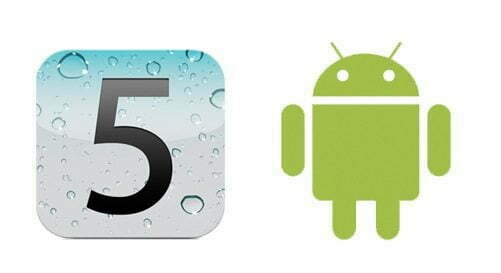
This one should be a tough decision, but for one reason, and one reason alone, it isn’t. Windows Phone 7 (WP7) is a great OS, one that really stands up to both Android 4.0 and iOS 5, but it fails in one critical aspect: available apps. The WP7 app store is growing at a good rate, and Xbox Live integration is great, but unfortunately the selection of apps is pitiful compared to the behemoths that are the App Store and Android Marketplace.
Furthermore, because of the very low marketshare of WP7 phones, there are a lot of companies that are completely forgoing making apps for Microsoft’s OS. That will hopefully change with Windows 8, which will share applications across all platforms, but for now WP7 falls behind the competition.
Winner: iPhone, because WP7 just doesn’t have the apps to back up the OS.
Processor
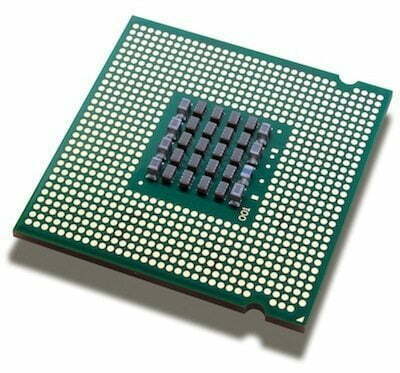
Generally speaking, the processor head-to-head makes a difference specifically for Android devices. The iPhone has iOS, which is very conservative of how the processor is used, and so is WP7.
The Lumia 900 has a 1.4GHz single-core processor. Nowadays that seems laughable, and in many respects it is. With just one core multitasking is almost out of the question (clearly it isn’t, but most of today’s smartphones rely on multiple cores for multitasking; just ask anyone who remembers Pentium 4 CPUs, or older), and it simultaneously puts a serious strain on the potential upgradeability of the phone and apps for it.
I think it’s a huge problem, but then again I don’t have the expertise in both WP7 development or hardware manufacturing as Microsoft and Nokia do. However, in pure specs alone, an 800MHz dual-core CPU, properly used, is more powerful than a 1.4GHz CPU. There are more things to consider, like bus speed and cache density, but for day-to-day use its more about ease of use and how well they work in the real world. Both are fluid and smooth, and have few, if any, stutters. I just worry that while the iPhone can receive a firmware update to make the CPU clock at 1GHz, the Lumia 900 is stuck as a single core CPU.
Winner: iPhone, which has a slower CPU but two cores instead of one, and the potential to be clocked faster.
Storage
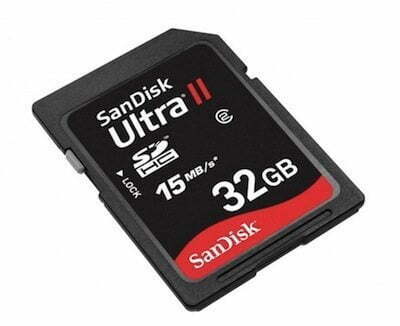
Like many upcoming and recent Android phones, the Lumia 900 is completely sealed in a unibody shell and has no expandable memory. Just like the iPhone. However, the iPhone comes in three models: 16GB, 32GB, and 64GB. The Lumia 900, however, comes in only one, 16GB. It does offer the cloud storage service SkyDrive, which is similar to iCloud for instantly storing photos in the cloud, but even then the iPhone is the clear winner.
Winner: iPhone, which offers more memory options.
Wireless Connectivity
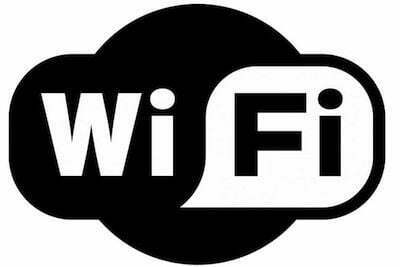
Today, the iPhone is available in both GSM and CDMA models. None support LTE, nor does the Sprint iPhone support 4G, though on AT&T it does support HSPA+. Interestingly, the Lumia 900 is an even better world phone, working on both networks in a single device (the iPhone only has separate models for GSM and CDMA, and the Verizon/Sprint models aren’t interchangeable). So theoretically the Lumia 900 will work over any network, with the proper SIM card. It’s unclear, thanks to AT&T’s heavy hand with US distribution, if the phone is carrier locked.
However, the Lumia 900 also supports LTE over AT&T’s network, so users will have access to the fastest wireless data network in the US. So while this means the Lumia 900 loses in carriers (below), it wins by far in connectivity.
Winner: Lumia 900, which has LTE and works on both GSM and CDMA on a single device (but remember the carrier lock).
Camera
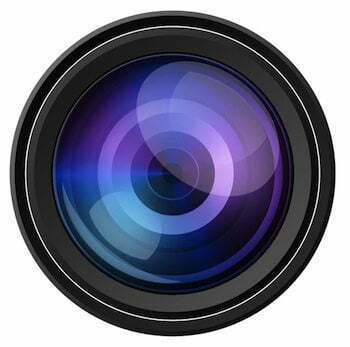
We all know the iPhone has a great camera. It’s also common knowledge that Nokia’s phones are known for having some of the best cameras ever. There’s even the 41-megapixel camera expected from the company later this year…the 41MP cameraphone. With the Lumia 900, you get the same 8MP rear facing camera, and a 720p front-facing camera, both with f/2.2 lenses.
Usually we don’t have both devices on-hand to test side by side, but this time I did. I took a handful of identical pictures with both the iPhone 4S and Lumia 900, and for the most part the iPhone takes better shots. Both have identical tendencies to oversaturate or provide incorrect colors, though interestingly never at the same time. The Lumia 900 is guilty of this more often than the iPhone. The iPhone also takes sharper images, and has some post-processing that adds contrast and makes the images slightly more dramatic. The Lumia 900 tends to be more accurate, generally speaking, but also slower to take shots and its easier to get blurry images. The good shots are also a bit fuzzy.
In many respects its similar to the difference between Canon and Nikon, where Canon provides more accurate stills while Nikon provides more dramatic ones. However, in the case of the iPhone vs Lumia 900, the iPhone comes out ahead because it is more often than not more accurate than the Lumia 900, and provides better images overall.
Winner: iPhone, which has a better camera that provides better contrast and more accurate shots in general.
Battery Life
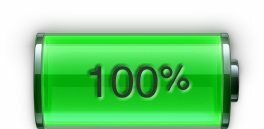
The Lumia 900 has a denser battery, and the AMOLED display is less power intensive than the iPhone’s, though WP7 phones have been notorious for having only average battery life. That said, my time with the Lumia 900 provided some very decent battery life, though nothing particularly impressive. The iPhone 4S likewise doesn’t compare to devices like the Droid Razr Maxx.
However, due to time constraints, I haven’t been able to fully test the Lumia 900’s battery. Thankfully, Brian Klug over at AnandTech did, and his results are that the Lumia 900 is very close to the iPhone in terms of battery life and power consumption in most areas, but still slightly worse. I trust Brian’s judgment, as it has never steered me wrong before, though I’m inclined to make the score a tie. The only reason I don’t is because of the iPhone’s extreme battery life for web browsing, which I myself can agree with based on personal use. The Lumia 900 doesn’t even compare on that front.
Winner: iPhone 4S, which has almost equal battery life to the Lumia 900, but is far better for web browsing.
Carriers
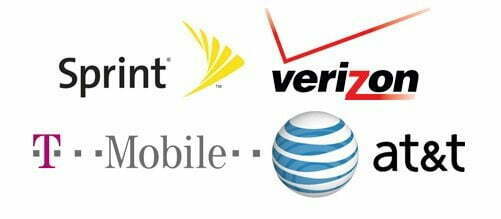
The iPhone is available for all major carriers except for T-Mobile. The Lumia 900, however, can work on all networks, but is only available in the US exclusively through AT&T.
Winner: iPhone, which are available on more carriers.
Price

While the iPhone hasn’t changed prices since it first launched, the Lumia 900 is an amazing deal right now, just $100 with a 2-year service contract. That’s $100 less than the cheapest iPhone model, so it’s a pretty hefty saving. AT&T also has the best priced service contracts of the four carriers not named T-Mobile, though Sprint does offer unlimited everything. In either case, the Lumia 900 is the clear winner on price.
Winner: Lumia 900, which is $100 cheaper.
Overall Winner
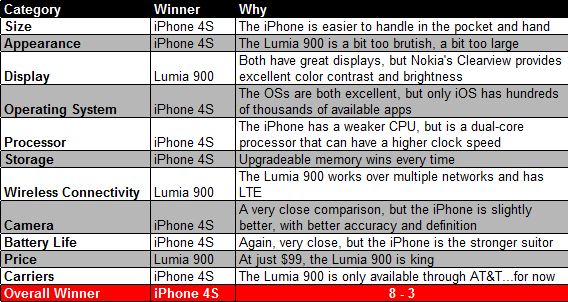
Some readers may say “well no duh”, but the battle between the Lumia 900 isn’t a massacre, though the score may say otherwise. In nearly every point it was neck and neck. Camera quality, appearance, size, price…of the 11 categories that are discussed above, only a few are black and white. The biggest consideration for buyers, however, is one such black and white victory for the iPhone: Operating System.
The OS itself doesn’t make that big a difference, but the apps available to each OS does. And right now WP7 lags behind, and I think it may never catch up. There are a few more troublesome thoughts regarding the Lumia 900, like its single core processor, which may make the device not upgradeable to Windows 8, and the lack of expandable memory. It is, so far, an excellent phone, but it doesn’t quite match the iPhone, the current top phone on the market. But it certainly beats out plenty of Android smartphones, so don’t discount it immediately. The Lumia 900 is a promising device, so stay tuned for our full review.

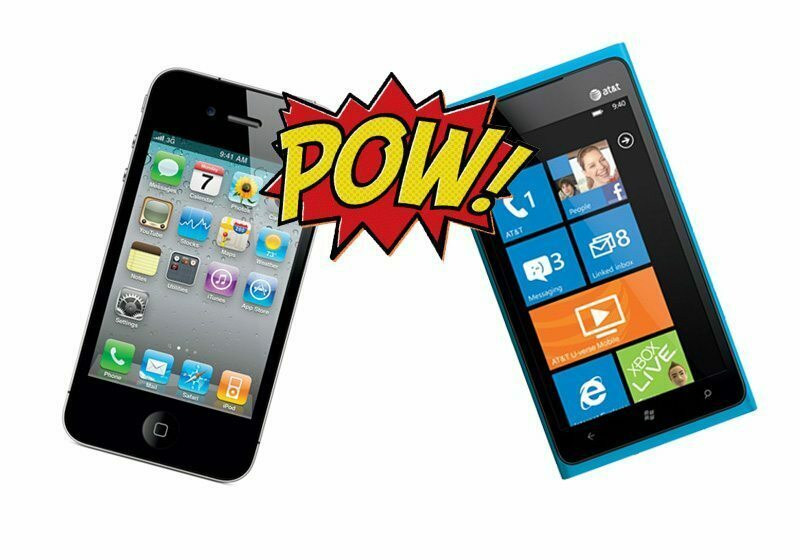













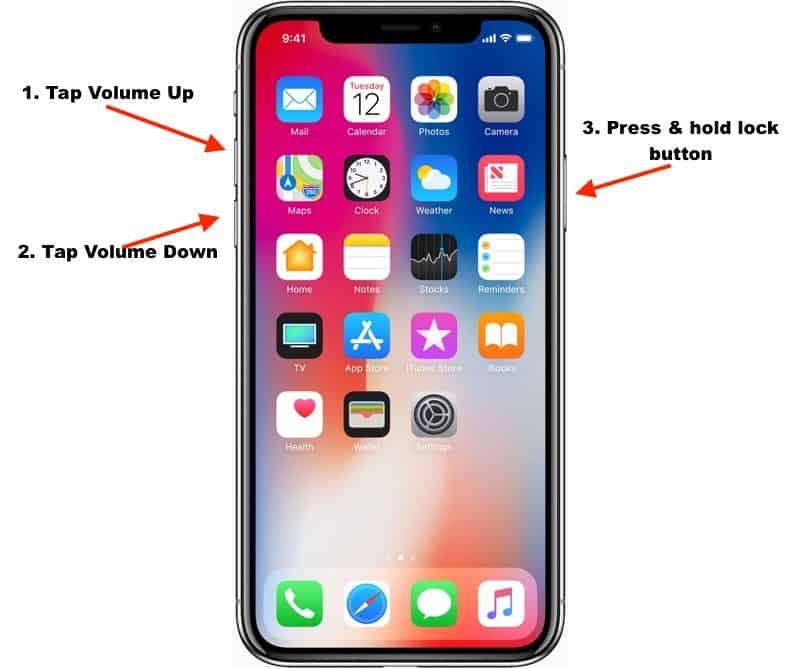

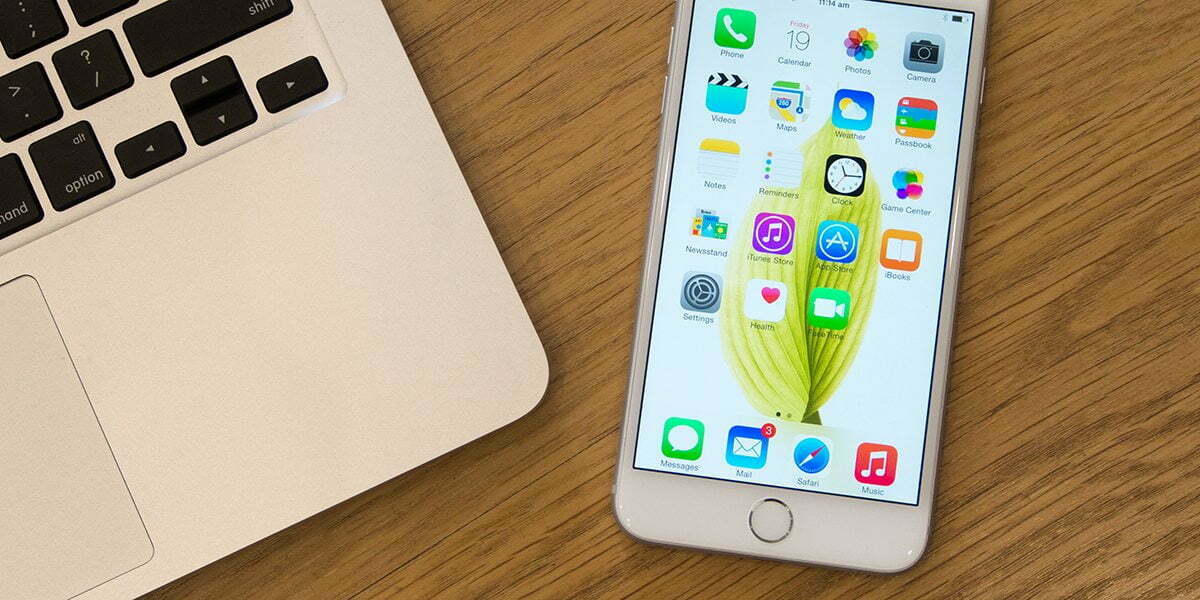

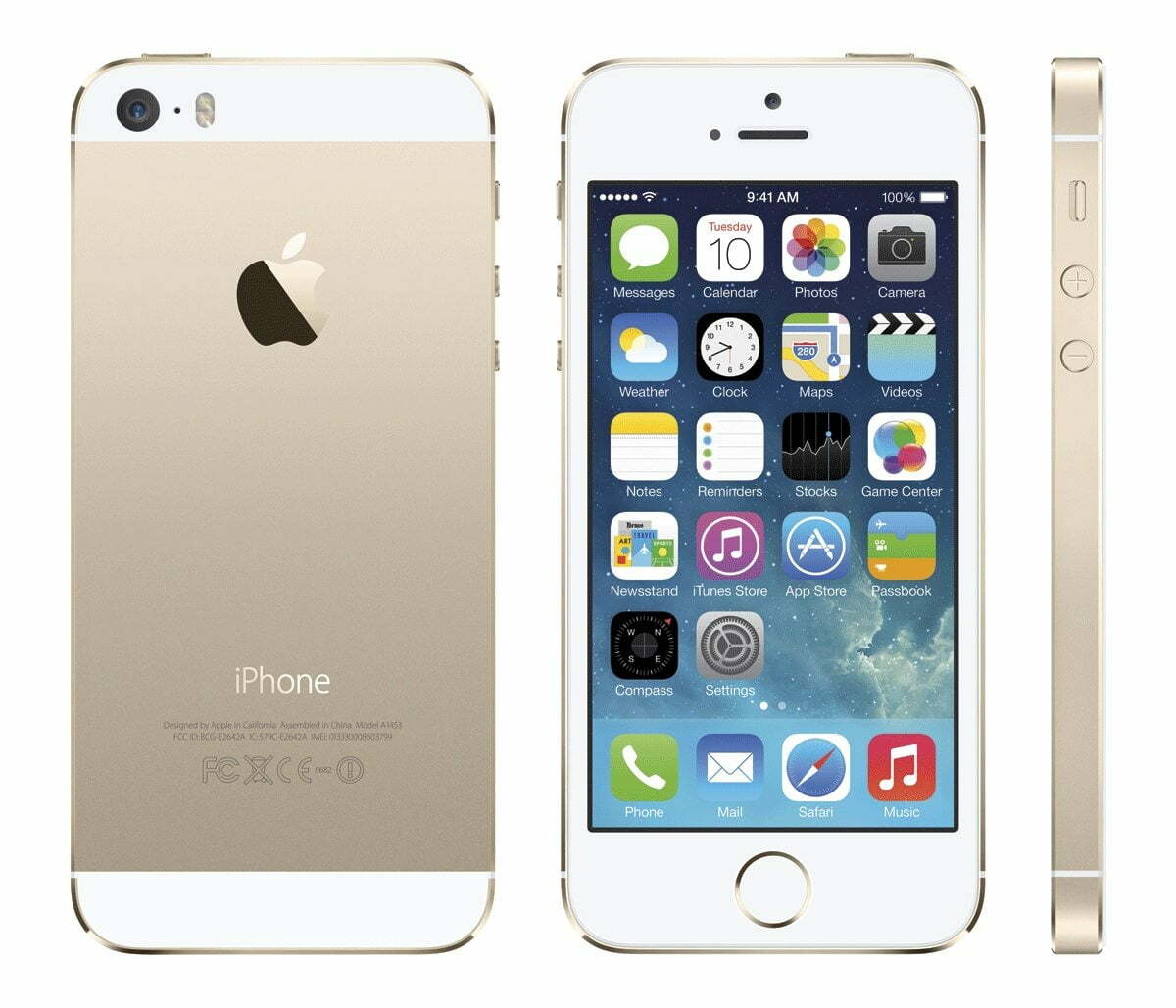
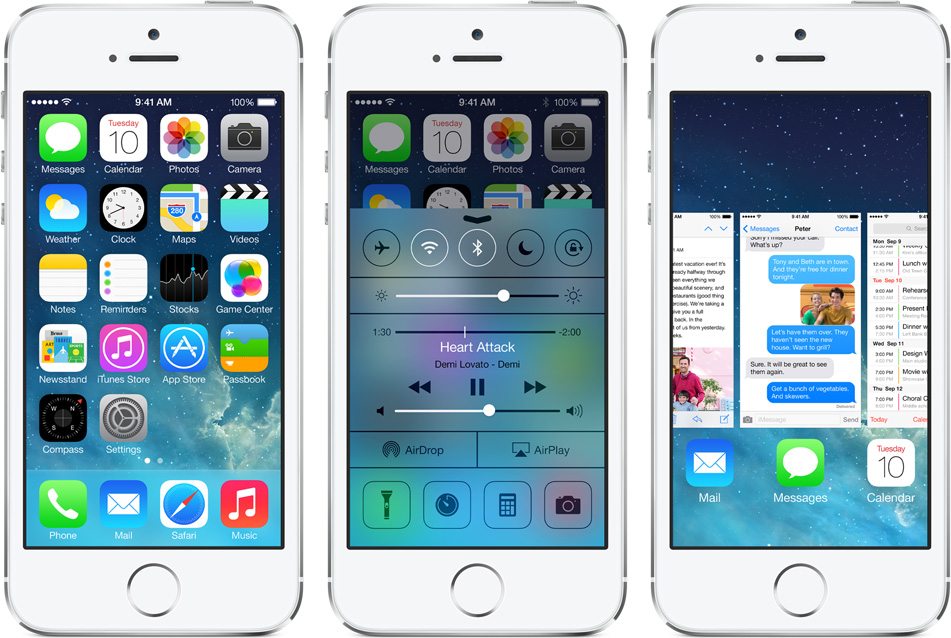
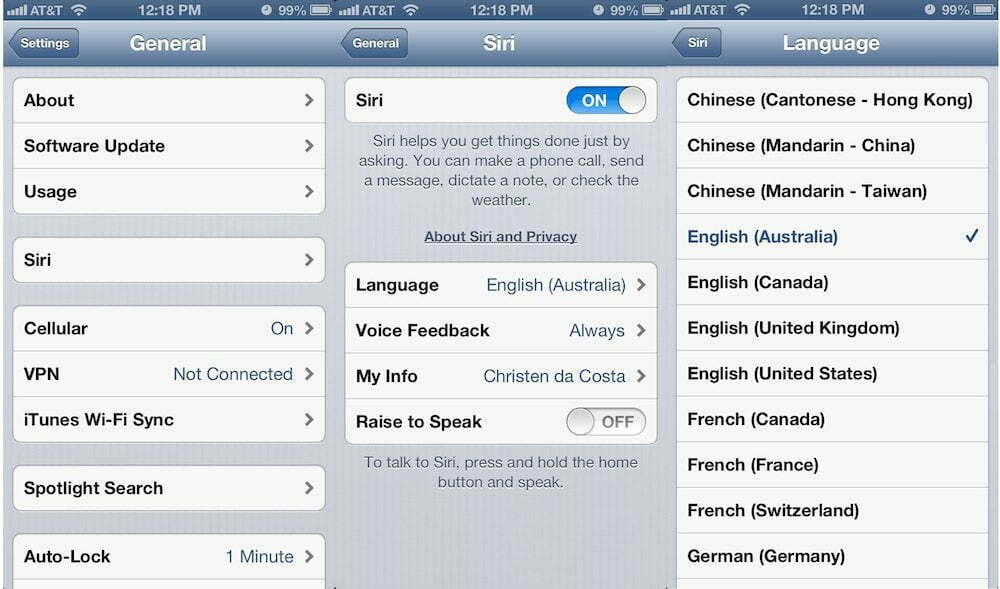
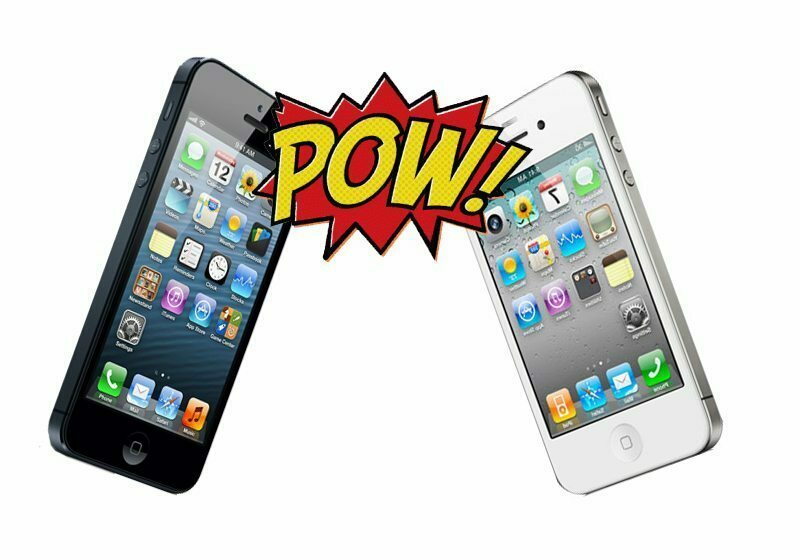
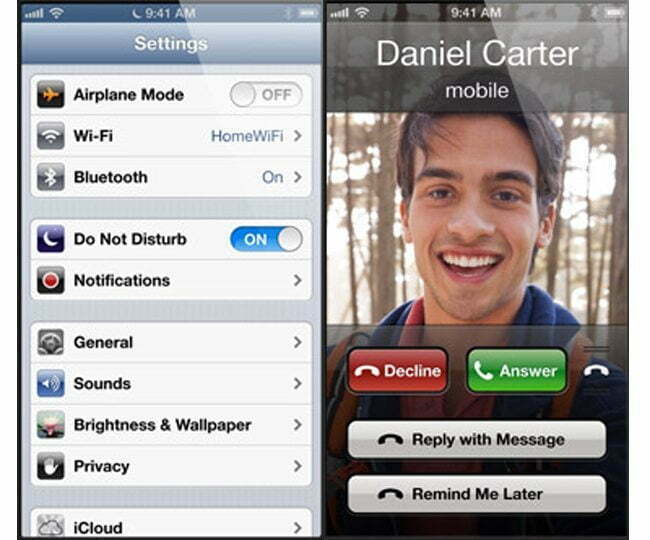
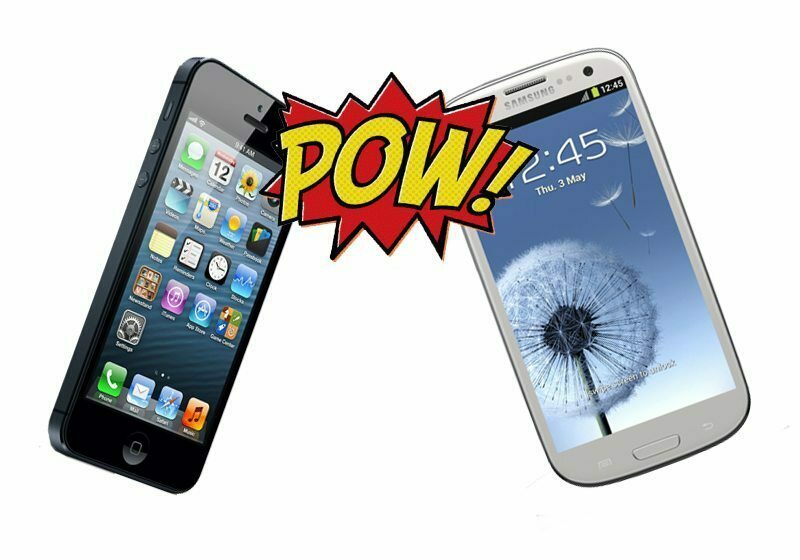
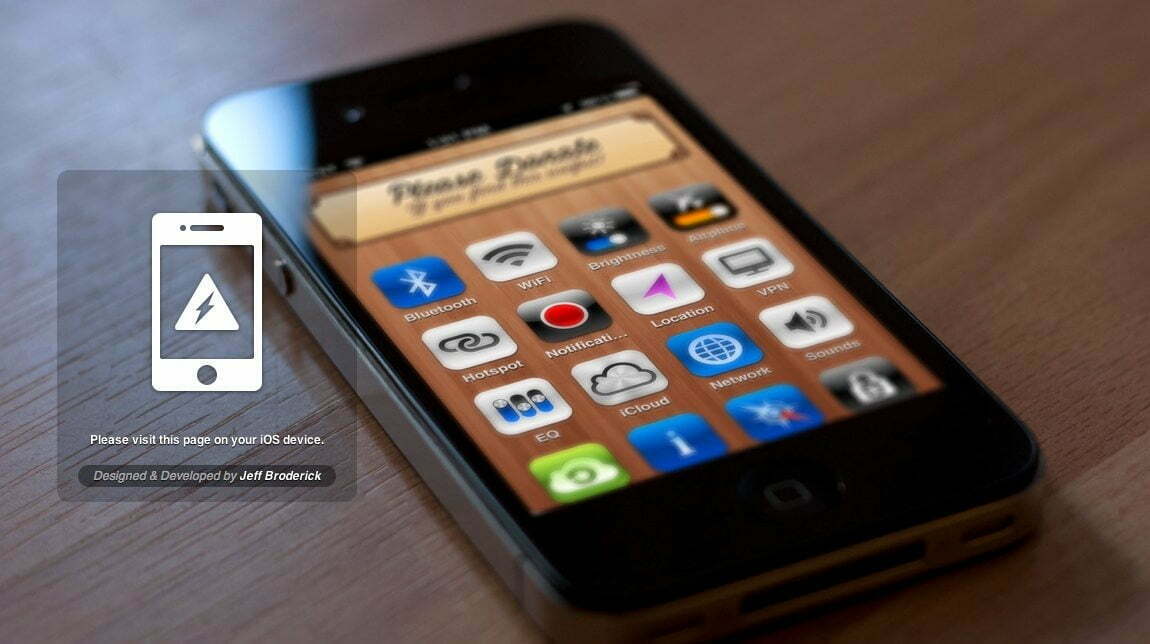
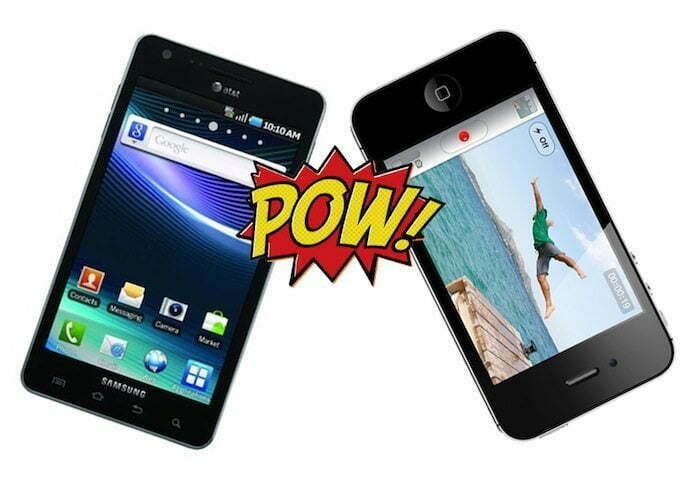
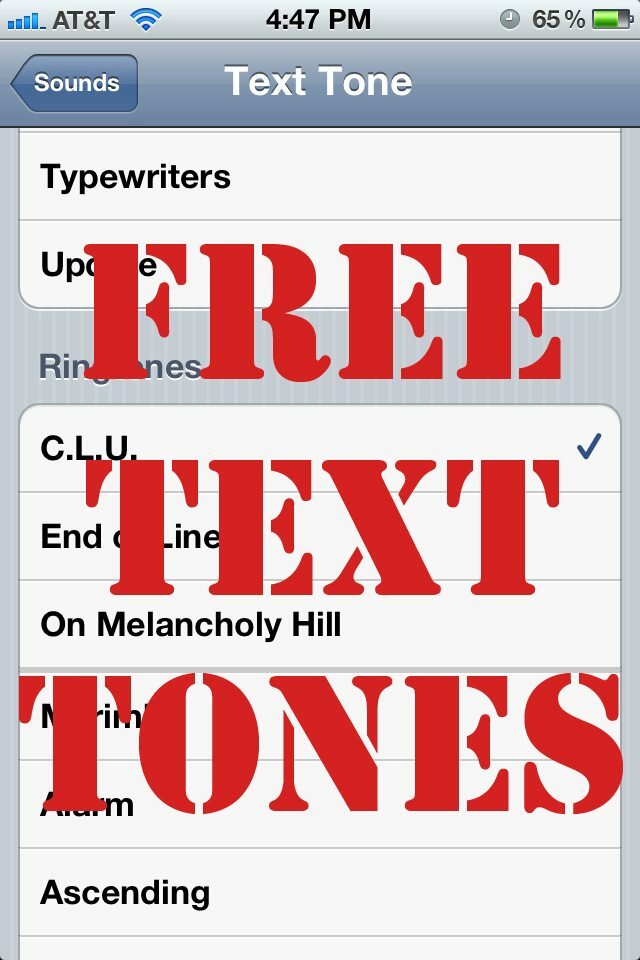


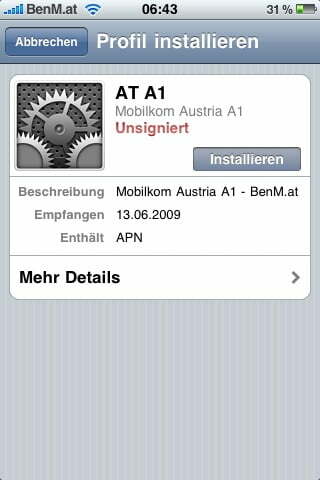
![Best iPhone in [year] ([month] Reviews) 37 Best iPhone in 2025 (December Reviews)](https://www.gadgetreview.dev/wp-content/uploads/best-iphone-image.jpg)
![Best Credit Cards with Cell Phone Insurance in [year] 38 Best Credit Cards with Cell Phone Insurance in 2025](https://www.gadgetreview.dev/wp-content/uploads/best-credit-cards-with-cell-phone-insurance-image-1.jpg)
![Best Smartphone in [year] ([month] Reviews) 39 Best Smartphone in 2025 (December Reviews)](https://www.gadgetreview.dev/wp-content/uploads/MagCase-Is-The-Worlds-Thinnest-Phone-Case-1.jpg)
![10 Best Rugged Smartphones in [year] 40 10 Best Rugged Smartphones in 2025](https://www.gadgetreview.dev/wp-content/uploads/best-rugged-smartphone.jpg)
![10 Most Secure Phones in [year] 41 10 Most Secure Phones in 2025](https://www.gadgetreview.dev/wp-content/uploads/Most-Secure-Phone.jpg)
![10 Best Selfie Camera Phones in [year] 42 10 Best Selfie Camera Phones in 2025](https://www.gadgetreview.dev/wp-content/uploads/best-selfie-camera-phone.jpg)
![10 Best Dual SIM Phones in [year] 43 10 Best Dual SIM Phones in 2025](https://www.gadgetreview.dev/wp-content/uploads/best-dual-sim-phone.jpg)
![10 Best Small Phones in [year] 44 10 Best Small Phones in 2025](https://www.gadgetreview.dev/wp-content/uploads/best-small-phones.jpg)
![10 Best Low Light Camera Phones in [year] 45 10 Best Low Light Camera Phones in 2025](https://www.gadgetreview.dev/wp-content/uploads/best-low-light-camera-phone.jpeg)
![10 Best Large Screen Phones in [year] 46 10 Best Large Screen Phones in 2025](https://www.gadgetreview.dev/wp-content/uploads/best-large-screen-phone.jpg)
